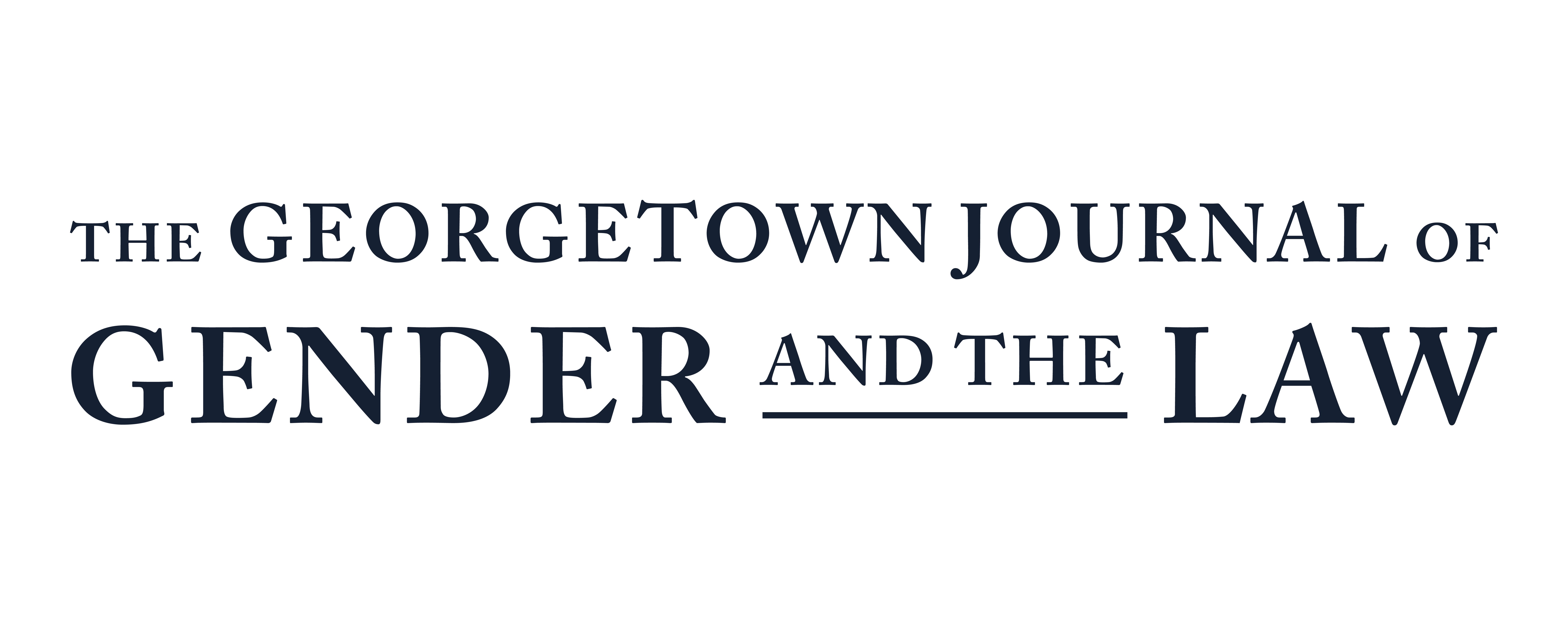Is it a Walk or is it a Walk: Fashion Models and Threats Posed by Generative AI
Generative artificial intelligence (AI) has taken nearly every industry by storm, and the global fashion industry has not been spared. The technology is already having an impact on one of the more human aspects of the industry—modeling. For instance, Maison Valentino announced a new collection that was presented entirely with AI-generated models. Potentially more troubling is the experience of Shereen Wu, a young Taiwanese American model who recently walked for Michael Costello and had her face replaced with “the face of a White woman she didn’t recognize.” Wu walked in Costello’s show at the Art Hearts Fashion Show in October 2023. In the days following the show, according to Wu, the designer posted a video of the show to his Instagram account; yet instead of the video showing Wu, her face had been replaced, presumably through the use of a generative AI editing tool. In a statement following the post, a representative stated that “neither [Costello] nor [their] team was responsible for such alteration,” but did not explain how the altered photos were ultimately posted to the designer’s Instagram. Unfortunately, Wu’s experience is not likely to be unique. For a field composed largely of women, and with women of color continuing to be underrepresented, Wu’s experience serves as a warning for what may be to come—especially considering the existing constraints and concerns with modeling contracts.
Valentino’s collection, Wu’s experience, and AI’s potential to “eliminate the associated [employment and labor] challenges and expenses” associated with human models, raises questions of how models, especially models of color, might be able to protect themselves in this shifting industry. These questions are front in center when considering a hypothetical runway show, occurring in a completely virtual space (e.g., the “Metaverse”). To develop the virtual representations of models, a company will need to rely on existing material to create a virtual model and their walk. To accomplish this virtual recreation, the developing company may need to either reference, or reproduce, a human model’s walk or the company may “train” the AI model using footage and imagery from a human model’s walk.This Essay seeks to explore this hypothetical under the theory that if copyright law can be wielded by models, particularly their walks, then fashion companies may be more reticent to train their generative AI technologies using video of models, as such training would then infringe a model’s intellectual property.
Part I begins with a brief landscape analysis of the Copyright Act and what additional information can be gleaned from existing regulatory and guidance documents. Building upon this, Part II examines two Ninth Circuit cases in which the court disposed of plaintiffs’ attempts to rely on the Copyright Act’s enumerated “choreography” category. In Part III, this Essay applies the statute and lessons learned from the Ninth Circuit to theorize how a model might argue that their walk fits within the umbrella of the Copyright Act. Finally, Part IV offers a few thoughts in conclusion, including how models may be able to leverage state right of publicity laws given the seemingly closed federal pathways.
Keep Reading Is it a Walk or is it a Walk: Fashion Models and Threats Posed by Generative AI

